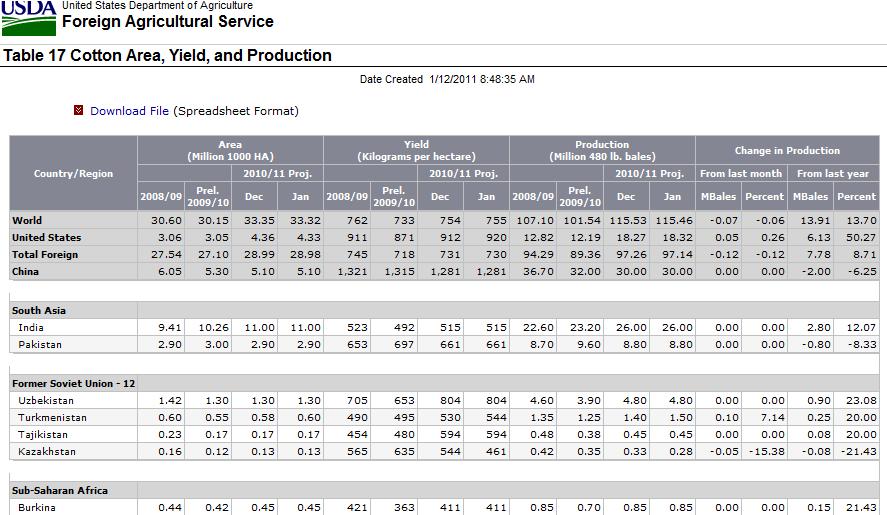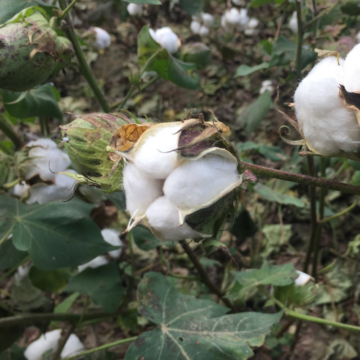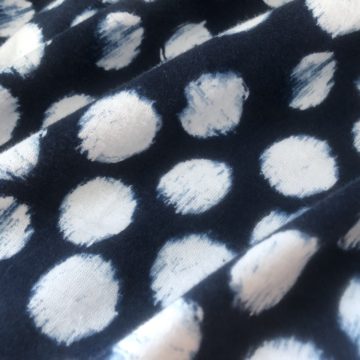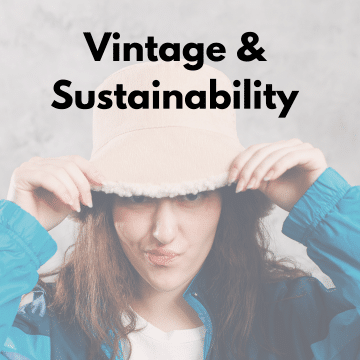This past week my Twitter pal @ArveyColumbus sent me a link to a report from one of the organic textile groups. The report said in part:
Despite the recession, manufacturer demand has helped increase global organic cotton production by 15% in 2009-2010, according to a new report by sustainable textile non-profit Textile Exchange, formerly known as Organic Exchange. The Organic Cotton Farm and Fiber Report reveals that India, Syria, and Turkey are the leading organic cotton producers in the world.
Organic Cotton Now Represents 1.1% of Global Cotton Production
Production of organic cotton has grown from 209,950 metric tonnes (MT) in 2008-2009 to 241,276 MT, which is just over 1.1 million bales, grown on 1.14 million acres of land in 2009-2010. According to the Textile Exchange, these figures show that organic cotton now represents 1.1 percent of global cotton production.
via Global Organic Cotton Production Increased 15% in 2010 : TreeHugger.
Since I’ve worked in the cotton business a long time, profess my love of the fiber in my Twitter ID and blog address so Cheri thought I may have some thoughts to share on the topic. Although we traded some quick tweets, its far easier to really put my thoughts together in a blog post. So I’ll touch on a few topics raised in this report. And I have to say, if any cotton experts read this, please point out if my logic or info is incorrect. I worked on this over the weekend, did my own research and would appreciate insight others in cotton can offer.
Increased organic cotton production in 2010 — This report says organic production grew 15 percent in 2010. That sounds very plausible to me. If you look at cotton production in 2010 compared to 2009, there was about 14 percent increase globally of cotton production in total according to the USDA-Foreign Ag Service according to the January 12, 2011 report. (Screen capture here as I’m not sure how long that report will be live.) With that in mind, organic cotton seems to have increased similarly.
India, Syria and Turkey were the leading producers or organic cotton — Part of Cheri’s interest was about US organic cotton production. I know a few farmers who have grown organic cotton. The crop, like other organic crops, offers a premium to farmers who go through the certification program. This report cited production in foreign countries and there was some interest from Cheri about whether more organic, local cotton production was anticipated. From what farmers tell me the current premium & market doesn’t provide them the incentive needed to plant more organic cotton. Having been to two of the three countries listed (Turkey & India) and having seen their cotton production methods first hand, I think the ability to use manual labor and sometimes child labor has a direct impact on cost of production there whereas US crops are far more mechanized.
Part of the reasoning I’ve heard is that insects can be devastating to cotton — and if you aren’t familiar with the incredibly high insect populations we can have in the Cotton Belt, I’ve got friends in the Delta who would be glad to let you try to sit outside for an evening in July. There are bugs that will eat any and everything, moving or not. Cotton produces some great plant sugars, etc that attracts some of those insects when plants are flowering or putting on bolls. If you want to see some of the insects that can inflict economic damage on cotton, check out this photo library at Texas A&M (caution, seeing this near bedtime could be bad news for sleep patterns if you grow cotton!)

The boll weevil, long the enemy of cotton farmers, has been virtually eradicated as it is not native to the US. Major pests include worm species, aphids & plant bugs, etc.
How much cotton is produced globally or in the US? The USDA-FAS report cited above put 2010 production at 115.46 million bales, with 18.32 million bales of that being grown in the US. The US figure is a fairly dramatic increase compared to the previous crop of just over 12 million bales. There are a number of factors that made 2009 a tough year for cotton producers across a wide swath of the Southern US and the better weather patterns really showed up as did increased acreage.
What does demand for natural fibers look like? Is organic the major component? Cheri asked about with the rise in interest in “natural” categories as it applies to fibers, with a question to organic specifically. Cotton demand is pretty good these days and the price has reflected that — in fact, recently we had historic highs. Personally, I seem to fill closets & drawers with cotton — different styles & colors of jeans, a few more cherished hoodies and the move to business casual and the ubiquitous khakis has been good for cotton demand. But when you look at world fiber demand, you have more people in more parts of the world who as they gain economic buying power may want to purchase something more for their closet or home.
The natural fibers like cotton, wool, silk and linen feel so good that they are a primo choice! The efforts to assess the sustainability of cotton show what the environmental footprint of the crop looks like from farmers throughout the life cycle of the product. And when you talk with many cotton farmers in the US, biotech has enabled them to embrace some environmentally-preferred practices like conservation tillage. When you look at the footprint of cotton, it’s another reason to pick cotton!
I hope that helps answer some of Cheri’s questions. It provides at least my train of thought and experience as I looked at the article and the thoughts she raised.
If you are a person who prefers organic cotton, I’d be interested to know what leads you to that preference.
If you have cotton questions, please feel free to raise them in the comments section. I can either take a stab at answering them here (or in a blog post) or get someone else to since I tend to know a bunch of cotton peeps!






I would like to buy Bt cotton and avoid organic cotton. I know this might sound strange to some but I do not like child labor at all and do my best to avoid supporting it. I also do not like the fact that organic yields of cotton are lower than for conventional, meaning that more land must be used to produce the same hoodie and jeans, leaving less habitat. I have two questions for you – Do you know anything about yield comparisons of organic vs conventional (and Bt vs non-Bt)? I’d love to have some hard numbers. Do you know if most cotton items that can be bought in the US were made from Bt cotton?
Anastasia, Thanks for the comment. I agree on child labor. Talking to Kurdish children who were pulled out of school for months traveling with their family to pick cotton hurt my heart to no end. There was one kid… well, I may need to write that up as a blog post. I’ll get some of the figures in front of me on some of the other questions and may get a couple of friends to way in. Thanks again!
Interesting post Janice!
As an organic farmer, I try to support other organic farmers as much as possible. That being said, buying USA is my first choice. I haven’t ventured to “organic” textiles yet for the reasons you stated above and I hate to support farming practices that I don’t find moral. I also check for the Made in USDA cotton label. I am a huge fan of other natural fibers (wool, linen, etc) They are easy to care for, wear well and support farmers right here at home. Thank you for teaching me something new about cotton!
Emily
Thanks Emily. Glad I could repay you for some of the dairy things you & Tim have taught me! I agree people need to look at at least a few factors on most things. I absolutely prefer natural fibers. I own a decent amount of wool, linen and silk. I like to know where they were produced too. But since the US textile industry has dwindled so much, it’s really tough to find Made in the USA labels sometimes but I keep looking! jp
A little late to the party, but I wanted to thank you for pointing out the #1 reason I should avoid organic cotton- child labour. This is something that i never considered when weighing the options. 🙁